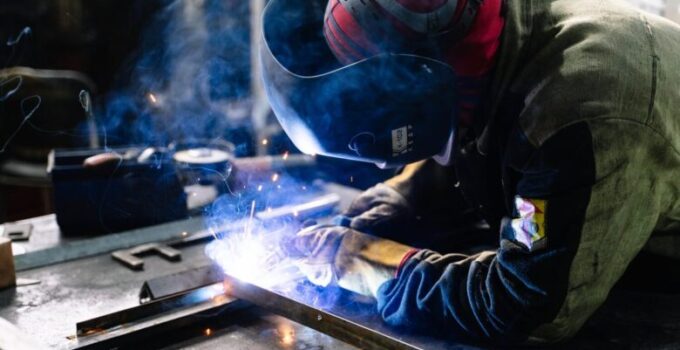Welding has been a part of human life a couple of millennia ago. There is clear evidence that people have been using this sculptural process in the Bronze, Iron Age in Europe and everywhere else around the world. There are many notes and scriptures from ancient times that speak about the invention of manipulating bronze or the iron and creating a new product from those materials. It is a process that has helped us advance as a civilization and we need it just as much as we needed it 2000 years ago.
To explain the process is simple, but to master, it is quite difficult. By using a tool that distributes high amounts of heat to a certain material such as iron, you can join two, three and more parts together and after they cool down, a fusion is caused.
However, the welding method from ancient times has probably been changed at least dozens of times. Today, with modern technology, the method has been completely changed, providing us with better fusion. The need for more and more advanced technology regarding this subject is because we are faced with a shortage of experts. Many people claim that in 2024, we should expect about half a million welders around the globe and that number is simply too small. The supply from those half-million welders is too small to satisfy the demand.
Fortunately, with the advancement of welding technology, we can make the process of turning people into experts regarding this subject much easier. Welding will also become much easier which makes it easier for people to learn it and understand it.
Here are some ways technology has improved welding
Safety comes first
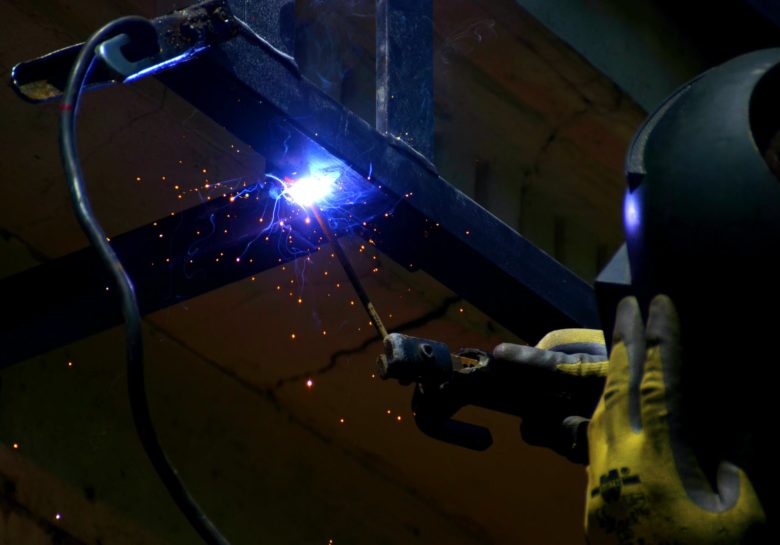
Img source: pexels.com
When working with tools that can provide a dangerous amount of temperature which is around 5600 degrees Fahrenheit (3100 degrees Celsius), it is important that you are equipped with the right protection. Without the right set of gear, a simple spark may cause you a serious injury.
In the past, welders didn’t have much choice regarding safety. All they had were these giant helmets that were made out of very thick metal and a tiny slit through the metal which you could use to look through it. The slit was either a hole or covered with entirely black glass which made it hard to look through it. The helmet was also too heavy which put a serious strain on one’s neck and beck.
Fortunately, those days are long gone because there are tons of improvements in the protective gear in this area. Here are a few examples:
Helmets are lighter and sturdier
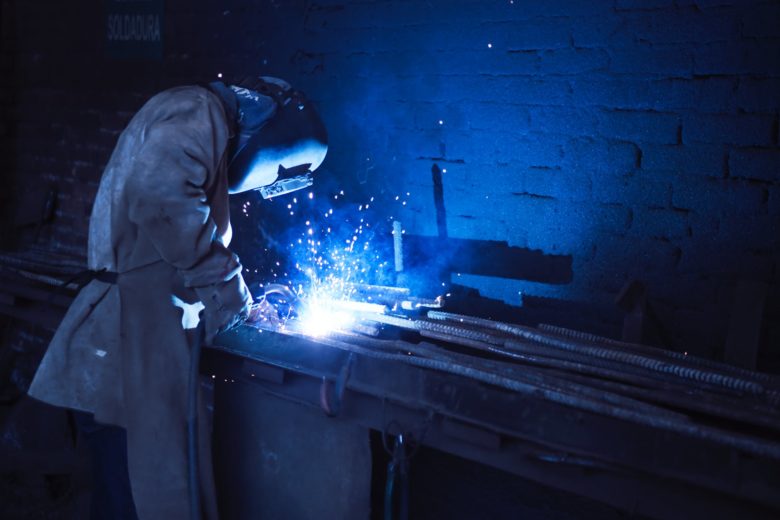
Img source: pexels.com
Your face might be one of the most important parts of your body. It’s the part you use to eat, to smell, to breathe, to see, to hear and it is what most people see. You need to protect it at all costs. Most helmets today are very light, but are very sturdy, durable and can protect you from sparks, hot slug, debris, radiation and light that can blind you.
Some helmets can come with a dark enough glass to protect your eyes, but they are still quite dark. Thankfully, there are some that come with an automatically dimming glass that darkens just as you start welding. Keep in mind, these helmets can come at a much heftier price. If you are interested in helmets that will provide you with the best possible protection, or if you are in need of tools for the best performance, you should check out welding.com.au
Insulated Gloves
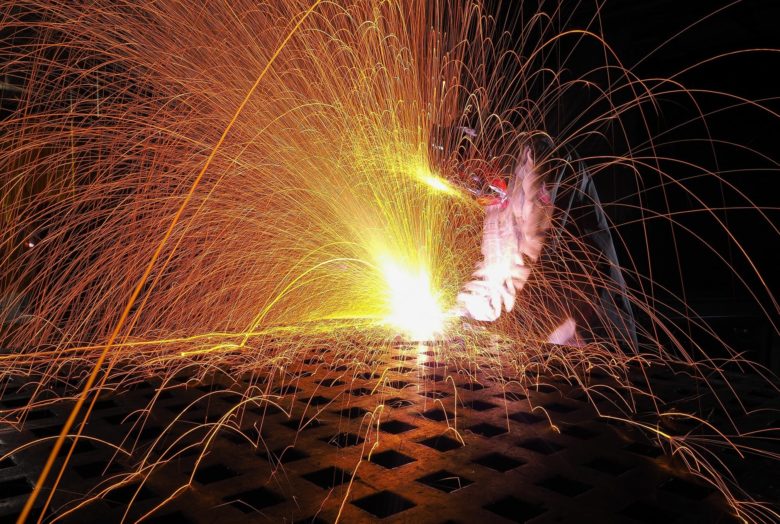
Img source: pexels.com
Gloves in the past were made out of several layers of fabric that limited the movement of your finger and weren’t that great for insulating heat. Sure, they did protect you from incoming sparks and hot slug, but the heat could still get through the material.
These days, gloves are much thinner, providing you with a lot of freedom for movement, better insulated and protect you from heated materials even more. It truly is amazing just how far technology has come.
Insulated Jackets
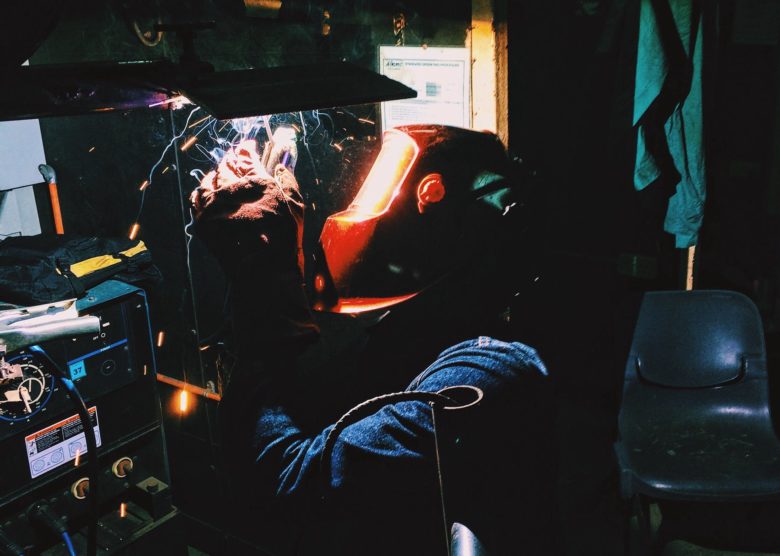
Img source: pexels.com
In the past, there was no such thing as a protective jacket while welding. You had the option of putting a couple of layers of clothing on your torso in case something goes wrong and that was it. Today, there are tons of options to keep your body protected from heat, for better mobility and to keep you cool while working with hot objects. You don’t want any of that slag to get onto your skin because it could permanently damage it.
More welding options
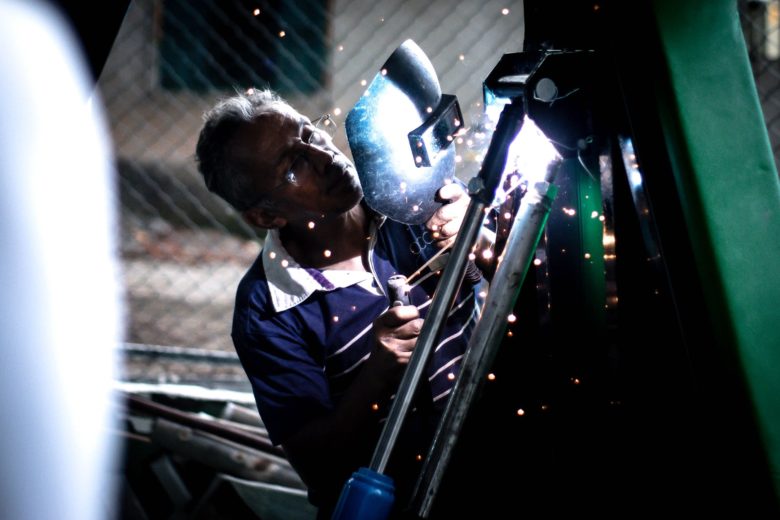
Img source: pexels.com
A century ago, welders didn’t have a lot of options when it came to welding. The only way to do it was with thermite which was not practical at all. As time went on and we entered the 20th century, a lot of different welding options have started appearing, making the life of welders much easier. In the first half of the 20th century, dozens of different methods were available such as submerged, flux-cored, gas metal, gas tungsten, shielded metal, and electro-slag welding.
Today, the most accurate method has to be with TIG Machines who use tungsten inert gas. It is usually used for fusion of magnesium, aluminum, copper alloys, and stainless steel.
The second most common method and easiest to learn is arc welding. It works by constantly creating an electric arc between the material and the electrode (the stick). This constant electric arc can cause metals to reach their melting point. While this may be one of the more common methods, it is not as accurate and does not provide the best looking product.
Automated process
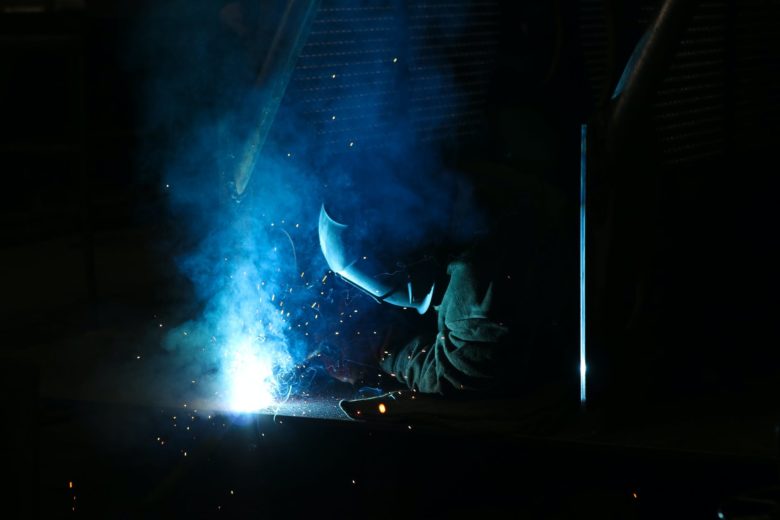
Img source: pexels.com
Today, it is obvious that artificial intelligence and robotics have seen an amazing advancement. Electric vehicles such as Tesla models have implemented an artificial intelligence that can drive the car on its own and many companies around the world have perfect robotics in their factories.
By combining these two technologies, the possibility of creating a robot or a tool that would do most of the work for the welder would be amazing.

